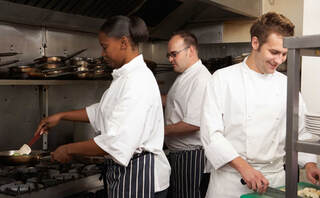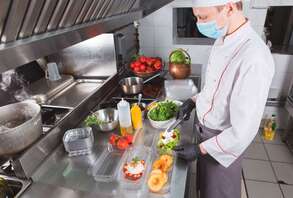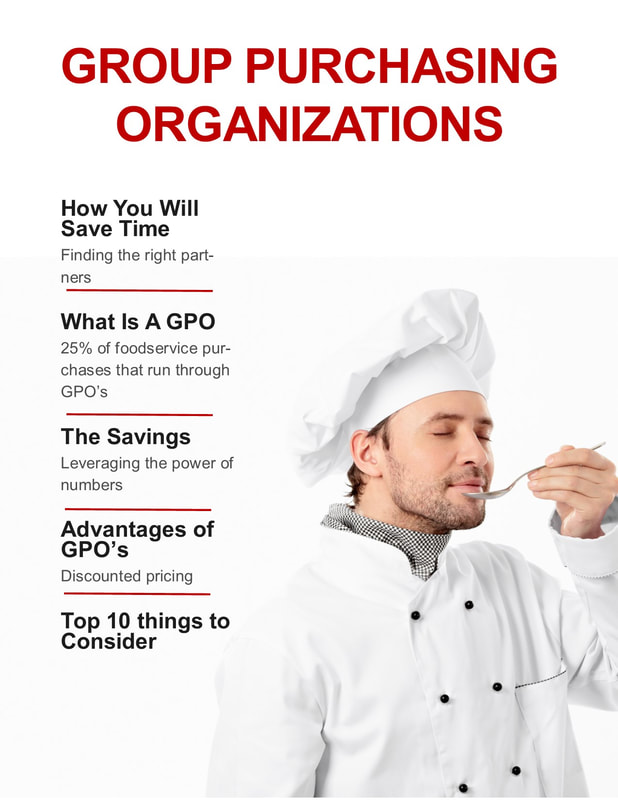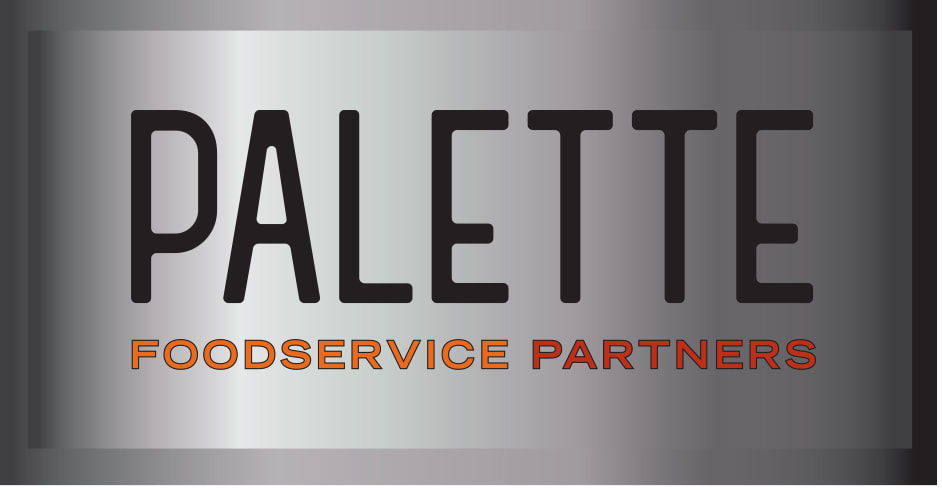 Winning a new customer can cost five times more than it costs to retain an existing one. What’s more, even a small increase in customer retention – say 5 percent – can boost profits anywhere from 25-95 percent. Taking the best benefits of your technology and reinforcing them with strong interpersonal customer service skills can help you cement the loyalty of the guests who are already coming to you. Your guest data is your best asset, so analyze it and create opportunities to collect more of it – through your loyalty program, as well as through tech-based ordering and payment. When your Customer Relationship Management system is integrated with your POS, you’re better able to address repeat customers by name, pull up their preferred dishes and table location, and elicit regular survey responses from them to identify their likes and dislikes, as well as your own opportunities for improvement. But this information is even more powerful when it is blended with more anecdotal input from staff who interact with your guests. Your team can tag a guest as a VIP, a wine connoisseur or as someone who enjoys the best of what you offer, giving you extra intelligence to make the person’s visit special. Taking better care of your best customers is also likely to result in their sending their friends and family your way – so you may end up winning new customers anyway.  To be sure, finding and keeping labor is a top challenge for most restaurant operators. But some have managed to retain staff – and turn a good profit. A recent report from The Counter shares how in June 2020, when restaurants were closing doors and worry about the pandemic was just setting in, California restaurateurs Greg and Daisy Ryan doubled down on their investment in employees. Backed by a Paycheck Protection Program loan, an Economic Injury Disaster Loan, some private funding and down-to-the-penny cost analysis with a Google spreadsheet, they increased wages to an average of $27 an hour and added new perks, including fully paid health care coverage and 80 hours of paid time off. At the time it probably seemed crazy to many, but the plan has worked: In 2019, the restaurant was making $1 million a year. In 2021, that figure has jumped to $3 million and employee retention has been above 95 percent. It can be a difficult thing to focus on in a fast-moving business with dueling priorities but finding ways to invest in employee satisfaction pays off – and can protect your business for the long term. Some efforts are completely free – thanking staff for their efforts, recognizing them in team meetings, or promoting them on social media. Beyond that, take a look at the tedious tasks no one wants to do and consider how you might automate them and make an employee’s shift more enjoyable as a result. If you can’t improve insurance benefits (Oyster Sunday may be able to help you do this affordably), make sure you’re showing you care about employees’ mental and physical health by providing regular breaks and check-ins. Your training program should weave these principles into it as well. Steve McKee, co-founder of McKee Wallwork + Co., a marketing advisory firm that specializes in turning around stalled companies, prefers the term “immersion” to “onboarding” to help encourage employee retention. It should be a gradual but continuous process that goes beyond sharing policies and is more about embracing the culture and vision of the business – while also not hiding its flaws.  In recent weeks, gas prices have hit all-time highs in the U.S., with the average price of regular, unleaded gas reaching $4.25 per gallon in March, according to AAA. The high prices, along with record-high inflation in general, have started to impact consumers’ buying decisions. A recent Restaurant Dive report said that consumers have been driving shorter distances to go to quick-service and full-service restaurants alike – opting for those within a five-mile drive as opposed to venturing to those over 30 miles away. Gas prices aren’t likely to come down soon, so it’s worth zeroing in on hyper-local guests as you plan promotions. Are there upcoming events in your neighborhood that could generate traffic for you if you offered a related promotion? Does your customer relationship management system have the capability to send offers to people who happen to be within a small radius of your restaurant? If your best guests aren’t located right in your neighborhood, could you explore offering your food at festivals or other venues that feature a wide mix of food options and are more apt to draw people from a distance? It’s also a good time to dial into your neighborhood a bit more and partnering with local businesses and other organizations to demonstrate your commitment to your community – being front-of-mind with the consumers closest to your door could help you stabilize business during uncertain times.  The market for virtual kitchens is forecast to reach nearly $14 billion, expanding at a compound annual growth rate of 12.5 percent, according to new research from Market Research Future. Virtual kitchens represent adventurous new territory for the restaurant business, replete with both opportunities and risks. On the opportunities end, virtual brands could potentially give a great boost to restaurant businesses that lack a strong online presence. As this recent report from Eater describes, Kellogg’s, a 24-hour diner that has been operating in Williamsburg, Brooklyn, for decades, recently partnered with Profit Cookers, a company that creates and licenses brands to restaurants. Kellogg’s runs 18 of Profit Cookers’ virtual brands out of its diner. In practice, a consumer looking for an egg and cheese bagel online will see the option pop up from one of those 18 brands – all of which have a generic sound to them, almost like they were designed to maximize search engine optimization. The virtual brands tap into the expansive menu offered by the diner, while the diner benefits from the virtual brands’ expanded hours and delivery radiuses. The owner of the diner says the partnership has brought in $40,000 in additional sales. Of course, this new era in off-premise dining has plenty of risks and unknowns to work out as well. Restaurants that farm out their food under a range of brands are expanding their reach but also diluting the brand experience. It’s difficult for the consumer to know where their food is coming from – and unclear who is responsible in the event of a food safety or quality problem.  Menu price inflation hit a 40-year high in March as operators continued increasing prices to compensate for their own spikes in expense, according to federal data released in April. But as consumers face escalating costs at home and restaurants struggle to bring guests back in high numbers, how much of a cost increase on the menu is too much? Matthew Lukosavich, strategy director for the restaurant division of Vericast, told Fast Casual recently that he advises operators to start by raising prices in line with inflation, which is currently around 7-8 percent. From there, try to stay within your ideal ratio for food cost to gross food revenue. Then, find ways to elevate experience and value to make restaurant meals feel more worthwhile. That could mean keeping costs the same but adjusting portion size or substituting a different cut of a meat. You could also lean on limited-time offers to help repackage or resize profitable items. Scrutinize your food and labor costs – maybe there is a marinade that you have always prepared in-house that can easily be swapped out for something ready-made. Consider changing up how you promote your most profitable items through photographs and placement on your menu. To be sure, some costs will feel too high for guests to bear – but who knows? If their spending limit is a bit higher than you think it is, you don’t want to leave money on the table. On the other hand, talk of recession on the horizon may mean your guests are more cautious than usual. Finding ways to make their order feel worthwhile can give you a better sense of where to place that cost boundary without losing profits or guests.  Ghost kitchens, a $43.1 billion industry in 2019, are expected to become a $71.4 billion industry by 2027, according to Hospitality Technology. But as major restaurant brands expand into virtual restaurants in some form, the industry could become quite competitive. The international food and restaurant consultancy Baum & Whiteman anticipates a forthcoming point of oversaturation akin to the dot-com boom of the 90s -- and a rush of mergers and consolidations in the next two years as a result. Having access to capital and other financial resources right now could be critical for these operations to build and maintain a presence. But as these nascent operations develop and look for capital to expand, they’re often seeking help from financial institutions that may not have been exposed to these businesses enough to effectively underwrite them. As a result, new sources and methods of financing are popping up, which may be welcome and necessary for ghost kitchens looking to navigate the challenges of the current economy. One such company is Ghost Financial, which according to Tech Crunch offers a cash-back credit card to be used for food and beverage inventory purchases, and also uses “data and technology to underwrite restaurant expansion loans and credit limits for the card.” Next, the company plans to focus on offering restaurant insurance and developing an optimized payroll system.  Restaurant operators are feeling the pinch from all directions right now – double the unemployment of the general economy, widespread supply shortages and inflationary woes. One recent study found that 64 percent of consumers plan to cut back on their restaurant spending. Amid these challenges, many restaurant brands are trying to reconfigure their physical operations to accommodate the new ways in which consumers are demanding restaurant food. Some formerly full-service restaurants are converting to fast-casual or quick-service models. Others are expanding drive-through lanes, adding windows dedicated to third-party delivery pickup or otherwise making off-premise orders a bigger priority. But all of this costs money – and something has to give. In your operation, what might that be? Amid the strains of the times, there are also opportunities, as well as more companies looking to offer them. In a recent webinar, Morgan Petty of the Interactive Customer Experience Association moderated a discussion with representatives from Steritech and Zaxby’s about how restaurant operators might leverage current market disruptions to improve the brand experience they offer guests. Steritech, for one, is now supporting clients in the midst of remodeling by offering up its specialists to visit client restaurant sites around the country, take photos of every item that an onsite real estate team from the restaurant would normally want to inspect, then upload those photos to an online portal for review by the restaurant. The company says across 500 site visits, it has given restaurant clients back more than 500 hours and reduced their labor cost by 70 percent. Everyone is having to find creative ways to reduce spending, do more with less labor, or otherwise be more efficient with resources right now. What priorities are you managing that can be addressed in modified ways?  While the early months of the pandemic saw a sharp rise in restaurants’ off-premise sales, many operators with dining rooms are now seeing their in-store business climb back up. But that hasn’t chipped away at the momentum of off-premise sales. In fact, according to a recent consumer survey, 53 percent of respondents now believe food delivery is essential to their life. As long as in-person and off-premise dining options are both available, operators can expect to see demand for them – though the degree of demand in each area may be more difficult to predict. For this reason, it’s become even more important for restaurants to be able to unify their physical and online customer service experiences, providing a seamless transition between them. According to data from PYMNTS’ 2022 Restaurant Friction Index, which considers input provided in September by more than 500 restaurant managers across the country, unifying channels is a top priority for operators, ranking above such factors as payment options, ordering options and loyalty offerings as central to restaurants’ technology plans going forward. Achieving unity starts with understanding your brand and values. What are the key sentiments you want guests of your restaurant to walk away with after they visit your restaurant? Friendliness? Fresh ingredients? Sustainability? How can you weave those messages into your digital channels to ensure your brand identify comes through clearly regardless of where your customers consume their meals from you? |
Subscribe to our newsletterArchives
April 2024
Categories
All
|




 RSS Feed
RSS Feed